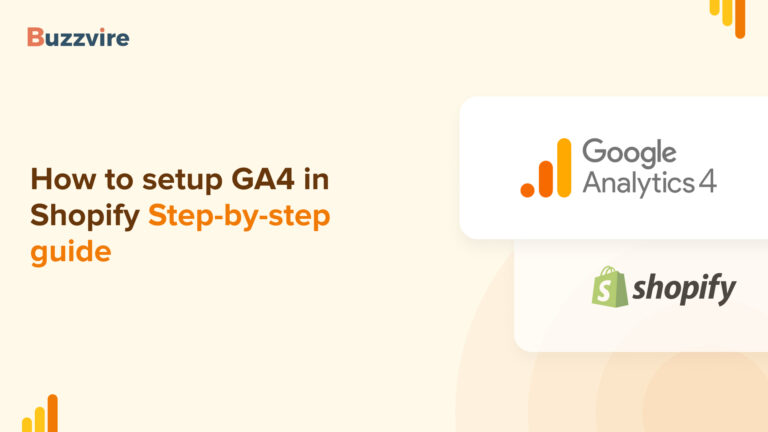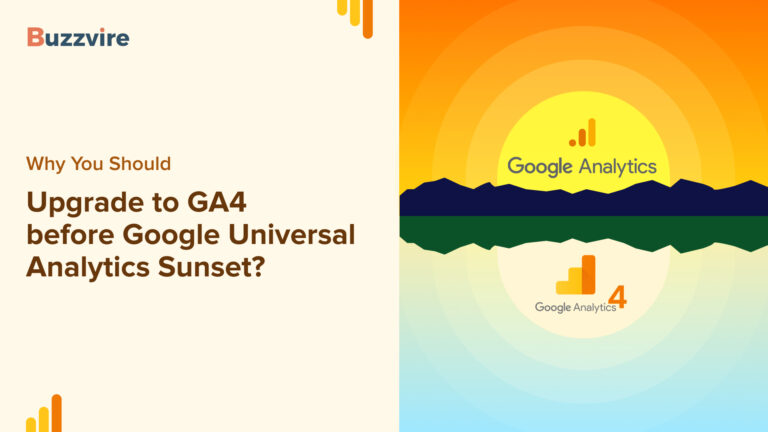Is the volume of Bot Traffic to your website more than it was a few months ago? The spam and Bot Traffic that impacts almost every website’s data and is becoming an increasingly severe problem for digital marketers may also harm Google Analytics.

It’s safe to assume that bots account for over 50% of all Internet traffic.
Contrary to the popular misconception, bot traffic may be helpful in certain situations.
Some bots are beneficial, like the ones used by search engines to scan and index web pages or those that run our voice assistants like Siri and Alexa.
However, there are vicious bots that may lead to DDOS assaults and other problems for website owners.
In order to have accurate Google Analytics data on what people, as opposed to bots, are doing on your website, you need to grow better at recognizing and filtering out bot traffic.
This article delves into the ins and outs of Google Analytics’ bot detection and exclusion filters.
Why Do We Have Bot Traffic?
Non-human traffic and traffic generated by different spiders and algorithms are called bot traffic.
These visitors might skew the data on your website and your Google Analytics reports. It could also affect how well a company does overall.
It is crucial for your company to monitor bot traffic and immediately block any suspicious behavior actively. Making judgments based on solid data is much easier if you do this.
The Three Worst Types of Bots

Harmful bots may take numerous forms and cause severe damage to your site, catching you off-guard.
Scalper bots
These clever programs are designed to purchase rare goods like concert tickets and resell them on the secondary market. A platform or online store’s wildest dreams may be to sell out expensive items in seconds. In actuality, this may destroy your credibility. Humans dislike being humiliated by mechanical opponents.
Spam bots
These bots are masters of the troll. They may, for instance, flood your blog’s comment area before you have a chance to delete anything.
Scraper bots
These bots are responsible for massive-scale online content theft. The goal is usually to hurt rivals in the future by mimicking their strategies.
Three Excellent Examples of Bots
Businesses may benefit significantly from the use of good bots. They can do laborious tasks in a flash and collect vast amounts of data that would take humans weeks or months to gather manually.
Crawler, spider, or bot referred to by a search engine
The most sophisticated are Google bots. They are always searching for new content, be it movies, pictures, articles, links, or anything else. Without these bots, you wouldn’t get any traffic from natural searches.
Tools that verify backlinks
These tools make it easy to see how many inbound connections a specific page or website receives. SEOs rely heavily on them.
Observational bots for websites
If a website comes under assault from hackers or goes entirely down, the bots monitoring it may alert the owner.
Bots. In both positive and terrible ways.
Conversely, you have to deal with the unattractive bot traffic that Google Analytics reports. It’s not a good idea to judge people just on how often they visit your site.
Why? Because you cannot trust automated systems to act the same way human users would. Heavy bot activity (5% of sessions or more) may skew the data, pollute analytics, and usually valuable indicators like page value can be destroyed.
That’s why getting rid of them has to happen.
How to Identify Bot Visits in Google Analytics:

- Select All Traffic & Channels under Acquisition on the left in GA4. Select Referral from the list to have it show in the report’s Default Channel Grouping column.
- Can you name everyone who referred to your business? If not, and they don’t seem to be related to your company, this might be the first indication that bots generate the traffic.
- Don’t ignore any recommendations. To see all referrals (by default, Google Analytics only displays the top 10), you must scroll down the page and select “show rows” on the right.
- Keep an eye on the data to see if there are any red flags, such as a 100% bounce rate or an average visit length of 0 seconds. Then it’s possible that what you’re seeing is bot traffic.


- Explore further to identify Ghost Referral Spam. Simply enter “hostname” into the Secondary Dimension menu and hit the enter key.
- You should block traffic from any Hostname that is not your website; it will likely be automated. If the Hostname doesn’t match the URL of your website, the referral is likely illegitimate.
So, How Can We Filter Out Bot Traffic in GA4?

The absence of bot traffic in your GA4 reports cannot be guaranteed. You can’t rely just on Google to protect you from the bots.
Why? Because it is impossible to filter out bot visits from analytics data retroactively. Therefore, you should take measures before this traffic becomes more prevalent in your records.
Set up firewalls and spam filters on your website
Consider things like a content delivery network (CDN), a website firewall, and security plugins. You may block the traffic from bots that GA doesn’t recognize with good security software.
Put a stop to automated traffic using a robots.txt file
Discuss this with the programmers. The robots.txt file is a simple tool for blocking Google Analytics from accessing your site. However, we would not depend on this solution extensively since malicious bots could not care less if they can access your website.
However, we highlight this choice since bots use server resources. Your site’s performance may improve if you successfully discourage the employment of irrelevant bots. Put no stock in what we say. Instead, Google Analytics 4 is where you want to go for speed data.
Time to Configure Unwanted Referrals
First, you need the Editor role on the property to set up filters to prevent unwanted referrals.
You may block up to 50 unwanted referrals per data stream.
Step 1: Select Data Streams under Properties in the Admin menu.
Step 2: Select Web, then a data feed from the Internet.
Step 3: Select Configure Tag Settings from the web stream information menu.
Step 4: Choose Show All from the Settings menu to see all configurable options.
Step 5: Now, select the List Unwanted Referrals.
Step 6: Include referrals that fit ANY of the following conditions:
- Pick out the perfect match!
- In the field labeled “Domain,” type the address of the website whose URL you want to match (for instance, “example.com”).
- To add a new domain, choose Add condition.

The OR logic is used to assess the conditions.
Step 7: Just hit the “Save” button.
Personalize GA4
You may do several things to filter out bot traffic from reports in GA4, depending on the signs of bot activity you observe. All of these options revolve around modifying GA4. No comprehensive handbook could cover every conceivable circumstance.

Since we only want you to have clean data in your reports, we only provide pointers in that direction.
You may divide your audience into subgroups based on characteristics, such as whether they are from safe or risky places.
As a filter, comparisons are doing their job. They assist you in eliminating data from your reports you don’t want to view.
You may create a dynamic report that incorporates several metrics by using explorations. Any of the indicators above, such as the bounce rate, may be used to distinguish bot from human visitors.
You may make your versions of the reports and either retain them or distribute them to your colleagues. Everyone will be confident in the accuracy of the data as a result.
Final Thoughts
You can’t put a price tag on all the bots visiting your website daily. Your Google Analytics data might be skewed even if only friendly users visit your site.
Due to GA’s inability to filter anything except Known Bots, relying on them to do so is dangerous. How many undiscovered bots are now active is an open question. One of the following websites to be visited may be yours.
As a result, you should keep an eye out for any unusual activity on your website.
Whether working in a team or evaluating high-site traffic websites or online stores for clients, you should consider data quality carefully.
Look for evidence of bot activity and make reviewing a regular part of your process. Once found, plan how to disclose the findings most effectively.
Your arrival at this page confirms that you are a sentient being. Check out our cross-domain tracking with Google Analytics tutorial if you want more advanced Google Analytics material.
FAQs
Because they are not users, bots do not act in the same way that humans do. Heavy bot traffic (5% of sessions or more) may distort data, clutter analytics, and degrade typically beneficial metrics like page value.
A terrible traffic bot may do more than just hurt your company; it can also produce phony website traffic, which can mess with your statistics and provide false information about your visitors’ actions.
Open Reports > Acquisition > Traffic Acquisition to determine what dubious sources send traffic to your website. Next, make “Source/medium” the central axis. Watch for unusual trends, such as many Users but a short Average Engagement Time.




